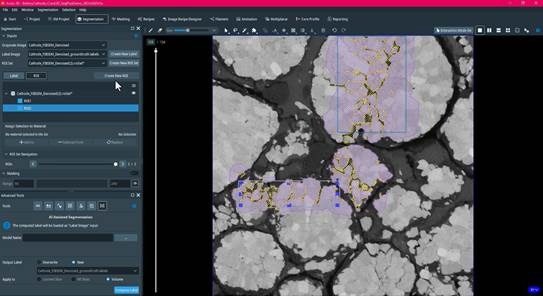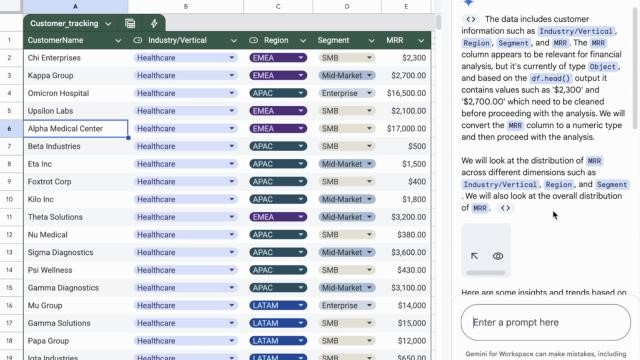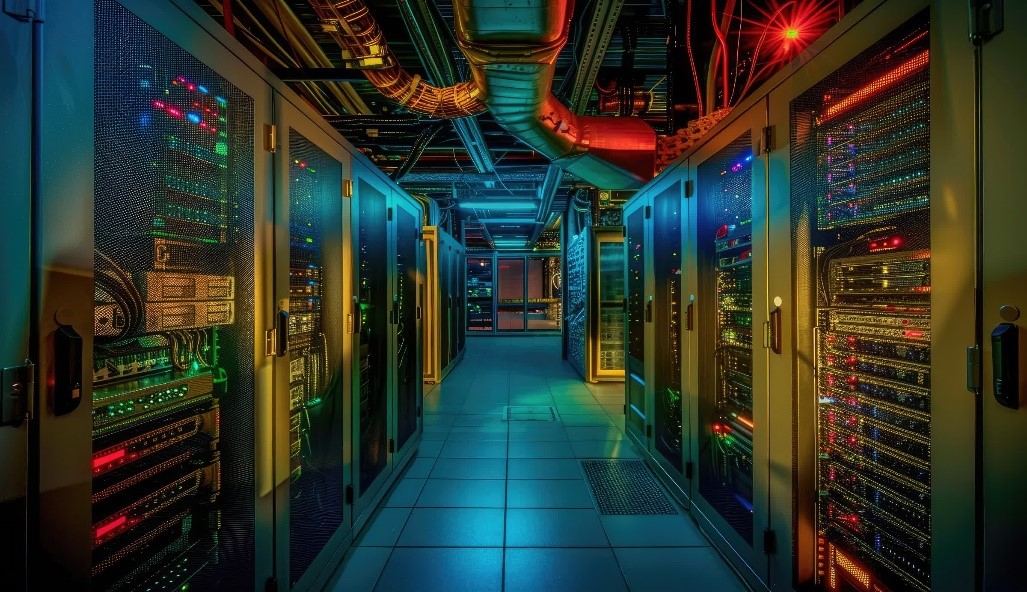Sustainable Chemistry Through Digital Solutions
The chemical and pharmaceutical industries significantly impact the environment through high energy consumption, chemical waste, and non-biodegradable products. As global sustainability goals gain importance, these industries face increasing pressure to reduce their environmental footprint and adopt more sustainable practices.
Systemic change in the chemical and pharmaceutical industries often results from numerous smaller improvements. Today, various software and technology solutions can mitigate or eliminate wasteful processes, promoting sustainability. Additionally, it is possible to reduce environmental impact while maintaining productivity and performance.

Figure 1. Digital Solutions for Sustainable Chemistry
Here Are Five Ways Software Is Advancing Sustainable Chemistry:
Predictions Instead of Experiments
Figure 1 shows Digital Solutions for Sustainable Chemistry. The “greenest” experiment is the one that doesn't need to be conducted. Researchers can reduce waste by using software to make predictions rather than running real-life experiments. Modern software can accurately forecast the solubility, pKa, and logP of chemicals without requiring experimental measurement.
Predictions are also crucial for assessing the environmental toxicity of potential products, especially in consumer goods, which are produced on a much larger scale than pharmaceutical ingredients. Toxicity prediction software enables the assessment of environmental toxicity without synthesizing the material and guides decisions on which materials to synthesize.
Improving Chromatography Efficiency to Minimize Solvent Usage
As chemists, we often prioritize solvent selection based on experimental requirements rather than considering sustainability. This approach overlooks a critical opportunity to minimize environmental impact, as solvents constitute the primary waste in most organic chemistry reactions by weight. While some solvents, like short-chain alcohols, pose fewer environmental risks, others, such as halogenated solvents, can be hazardous.
Software offers a solution by aiding in the selection of environmentally friendly solvents that possess similar physicochemical properties. Despite choosing less harmful solvents, concerns persist when large volumes are used, particularly in techniques like liquid chromatography. Method development software can help identify approaches that avoid hazardous solvents and reduce overall solvent consumption. This not only mitigates environmental impact but also streamlines method development, saving both time and resources.
Find Improved Pathways for Synthesis
Many chemicals essential for organic synthesis, such as strong acids and bases, hydride donors, Grignard reagents, and heavy metal catalysts, are selected for their high reactivity, which facilitates desired transformations. However, these materials are also environmentally toxic, posing challenges for safe disposal of chemical waste. While the use of such hazardous substances is sometimes unavoidable, chemists should actively seek alternatives whenever feasible. This may involve substituting reagents or developing improved synthetic pathways, often requiring extensive testing under varied conditions.
High throughput experimentation, coupled with analytical testing software, enables research teams to swiftly explore a wide array of synthetic pathways. This approach can foster the development of more sustainable synthetic methods that minimize reliance on environmentally harmful reagents.
Minimize Redundant Experiments Through Effective Data Management
Every laboratory scientist has faced the frustration of not finding critical experiment results like chromatograms or NMR spectra essential to their scientific discoveries. Despite their efforts, they may need to recreate the experiment to retrieve the necessary data.
This situation isn't just inconvenient but also environmentally and economically wasteful. Chemistry experiments consume significant resources, making their repetition a substantial loss. Once data is lost, repeating the experiment becomes unavoidable. How can organizations prevent this? The key lies in improved analytical data management. By storing data in a centralized, chemically intelligent platform, organizations can:
- Search for analytical data based on meaningful parameters such as structure, retention time, metadata, and more.
- Enhance analytical data with contextual information to aid in future interpretation.
- Ensure all files are stored in a format that is easily findable and accessible.
Analytical data management systems are particularly beneficial in long-term pharmaceutical research projects spanning several years. As projects evolve and team members change, finding results becomes increasingly challenging. Implementing an analytical data management system helps avoid the need to repeat experiments during regulatory filings.
Moreover, curated and standardized analytical data can be leveraged in artificial intelligence (AI), machine learning, and data science applications. These technologies offer further opportunities to enhance sustainability efforts within the industry.
Artificial Intelligence and Sustainability Efforts
Pharmaceutical discovery involves extensive trial and error, with numerous novel molecules synthesized and tested against drug targets to assess efficacy. This process is environmentally taxing due to the high failure rate of molecules, making it inherently wasteful.
AI technologies have the potential to significantly reduce the environmental impact of drug discovery. By utilizing quantitative structure-activity relationship predictions and internal data, these applications can better pinpoint potential drug candidates. While chemists will continue to synthesize chemicals and test active pharmaceutical ingredients, more processes can be conducted virtually (in silico), resulting in less waste and greater efficiency.
However, the effectiveness of AI depends heavily on the quality of data used to develop these models. Therefore, companies must prioritize implementing analytical data management solutions to align with future business and environmental goals.
Minimizing The Environmental Footprint of Chemical Processes
Ultimately, these initiatives must be integrated into a comprehensive strategy to promote environmental responsibility across the chemical and pharmaceutical sectors. This includes assessing electricity sources, consumption patterns, supply chains, packaging, and physical infrastructure. Although the scale of these efforts can seem daunting, it's important to view this challenge as an opportunity for innovation. The solutions discussed not only enhance efficiency and cost-effectiveness but also contribute significantly to reducing environmental harm. Addressing the environmental crisis presents one of the most critical challenges and opportunities of our era.
Source: Lab Manager
Cite this article:
Janani R (2024), Sustainable Chemistry Through Digital Solutions, AnaTechMaz, pp.93















